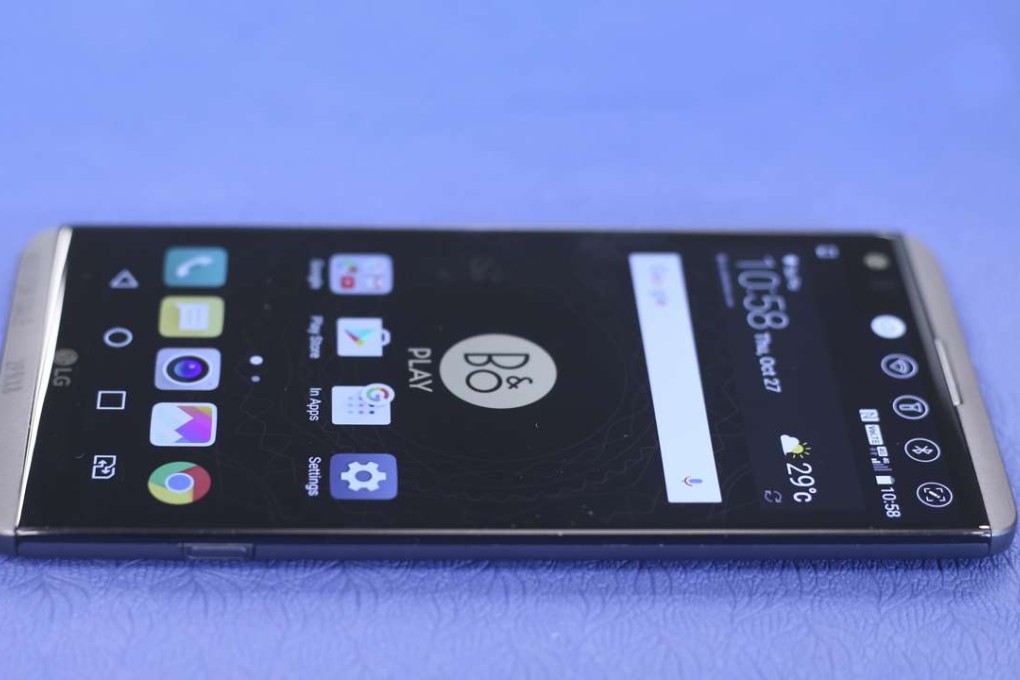Review: Can LG’s V20 handset put it at the front of the phablet pack?
With its shock resistance, tougher build quality and audiophile playback and recording, the V20 is ideally poised to overtake crisis-hit Samsung. Pity it’s not waterproof, though

LG’s release of the V20 could not have come at a better time – hot on the heels of the global recall of competitor Samsung’s Note 7 after reported cases of exploding battery. With its shock resistance, toughened build materials and an interesting design, can the V20 step into that now vacant spot as the front runner in the phablet race?
Design and hardware
At first glance, the V20 is a prettier but more fragile version of its predecessor, last year’s V10. No longer is it protected by steel rails or the shock absorbing rubber that covers the entire back. Instead, the V20 claims to have a US Military Standard 810G rating, which means the phone is shock/impact resistant.
Review: LG’s ultralight virtual reality goggles and fun 360-degree camera
Though the top and bottom lip are made of polycarbonate and not aluminium, that doesn’t make it any more fragile. I have dropped the phone three times by accident, and each time the battery cover popped off but the phone itself was unharmed. Not a scratch.
Features
The V20 has a quad DAC (digital to analogue convertor) built in and supports 32-bit hi-fi audio. Audio files captured at 32-bit are high quality and “lossless”, meaning either there’s no compression or no quality is lost during compression. The proper way to enjoy this is with high-end earphones, and a pair of B&O earphones are included, one of the fruits of LG’s collaboration with the Danish company.
